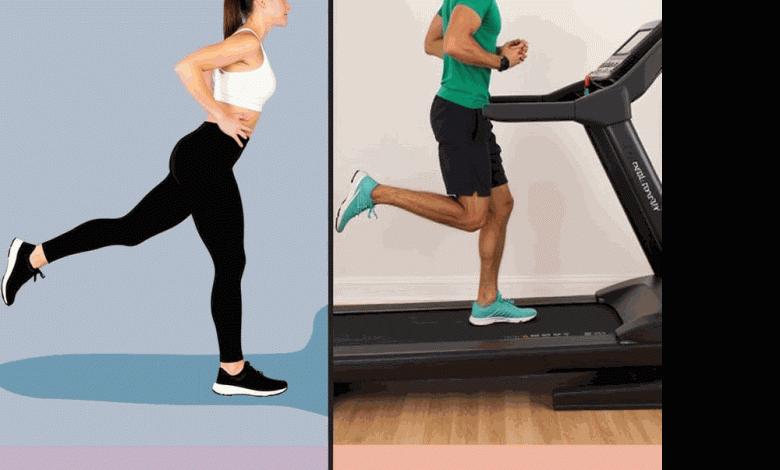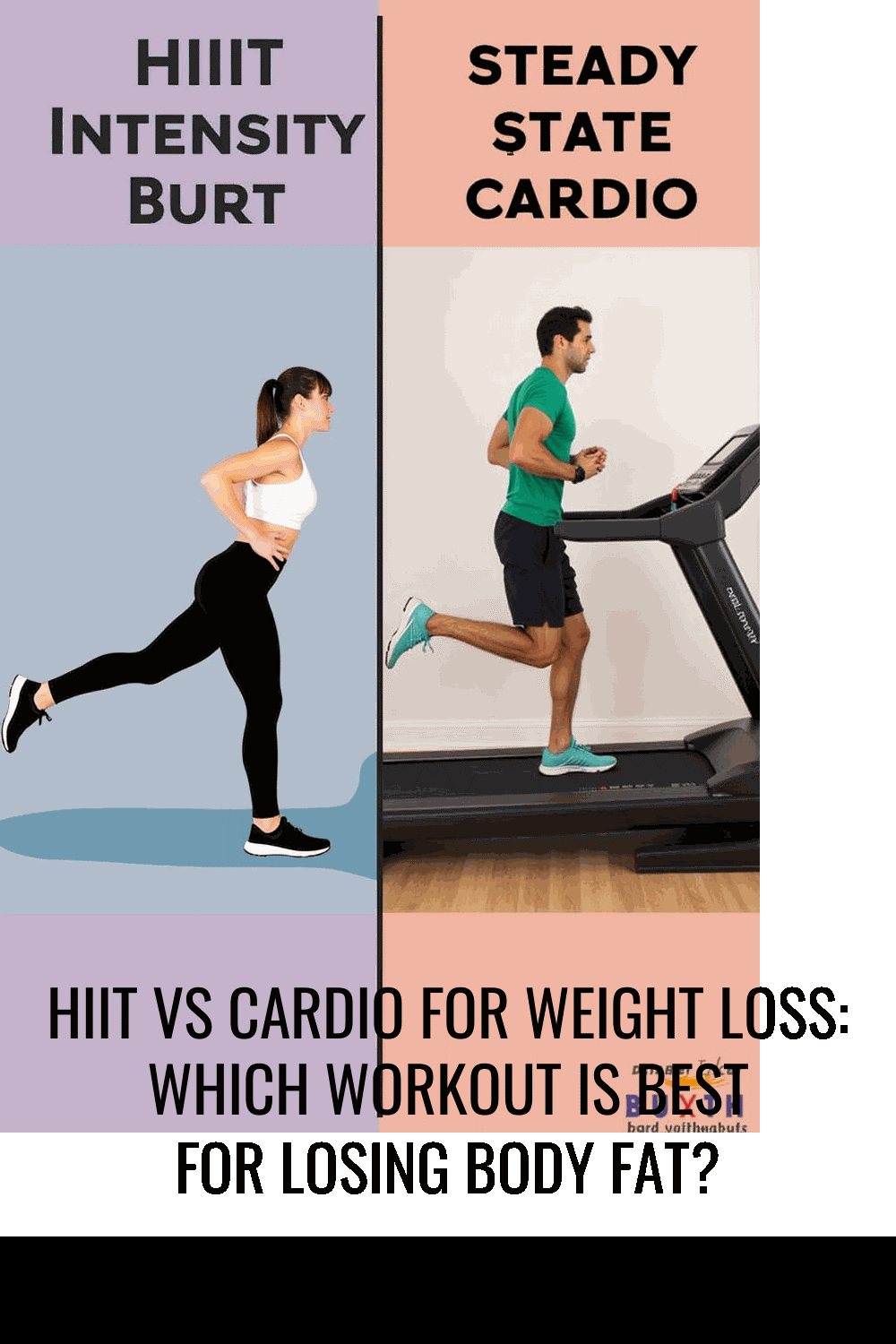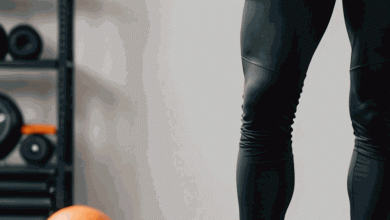HIIT vs Cardio for Weight Loss: Which Workout is Best for Losing Body Fat?


Are you tired of hitting the same old treadmill or elliptical machine for hours on end? Are you looking for a more efficient and effective way to burn calories and lose body fat? High-Intensity Interval Training (HIIT) and traditional cardio are two popular workout methods, each with its own set of benefits and drawbacks. In this article, we will delve into the world of HIIT and cardio, exploring their effects on weight loss, calorie burn, and overall fitness. Whether you’re a fitness enthusiast or just starting your weight loss journey, understanding the differences between HIIT and cardio can help you choose the best workout for your goals.
What is HIIT and How Does it Compare to Cardio?
High-Intensity Interval Training, or HIIT, is a form of exercise that alternates short bursts of intense activity with periods of rest or low-intensity exercise. This type of training has gained popularity in recent years due to its ability to burn more calories in a shorter amount of time compared to traditional cardio. Unlike steady-state cardio, which involves maintaining a consistent level of exertion throughout the workout, HIIT pushes your body to its limits in short intervals, leading to greater calorie burn and fat loss.
HIIT may also help you build muscle and improve cardiovascular fitness, making it a well-rounded option for your workout program. While traditional cardio can be beneficial for weight loss, HIIT has been shown to have a more significant impact on reducing body fat percentage and visceral fat, the harmful fat that accumulates around your organs.
Can HIIT Burn More Calories Than Cardio?
One of the most significant advantages of HIIT is its ability to burn more calories, even after your workout is over. Studies have found that high-intensity interval training can lead to a phenomenon known as excess post-exercise oxygen consumption (EPOC), which means your body continues to burn calories at an elevated rate for hours after your HIIT session. This effect, often referred to as the “afterburn,” is one of the reasons why HIIT is considered so effective for weight loss.
While cardio workouts can also help you burn calories, they typically do not have the same afterburn effect as HIIT. For example, a 30-minute HIIT session may burn more calories and continue to burn calories for up to 24 hours after the workout, whereas a 30-minute steady-state cardio session may burn fewer calories and have a shorter afterburn effect.
What Are the Benefits of HIIT for Weight Loss?
The benefits of HIIT for weight loss are numerous. In addition to burning more calories and having a longer afterburn effect, HIIT can help you lose weight and improve your overall fitness. HIIT workouts typically involve a combination of anaerobic and aerobic exercises, which can help you build muscle and boost your metabolism. This combination of fat burning and muscle building can lead to weight loss results that are both effective and sustainable.
HIIT can also help you burn fat more efficiently than traditional cardio. By pushing your body to its limits in short intervals, HIIT increases your heart rate and forces your body to rely on stored fat for energy. This can lead to greater fat loss and improved body composition, making HIIT a great choice for those looking to lose weight and improve their overall health.
HIIT vs Cardio: Which is Better for Losing Weight?
The question of which is better for losing weight—HIIT or cardio—depends on your fitness goals and personal preferences. While both HIIT and traditional cardio can be effective for weight loss, HIIT may offer a more efficient and effective approach. HIIT workouts can help you burn more calories in a shorter amount of time and continue to burn calories for hours after your workout is over. This can be especially beneficial if you have a busy schedule and limited time for exercise.
On the other hand, traditional cardio can be a great choice for those who enjoy steady-state exercise or prefer a more moderate-intensity continuous training approach. Cardio workouts can help you build endurance and improve your cardiovascular fitness, which can be beneficial for overall health and wellness. However, if your goal is weight loss, HIIT may be the better choice due to its ability to burn more calories and help you lose weight and burn fat more efficiently.
Can HIIT and Cardio Work Together?
While HIIT and cardio are two distinct forms of exercise, they can work together to help you achieve your fitness goals. Combining HIIT and cardio workouts can provide a well-rounded approach to weight loss and overall fitness. HIIT can help you burn more calories and build muscle, while traditional cardio can help you improve endurance and cardiovascular fitness. By incorporating both HIIT and cardio into your workout program, you can maximize your results and achieve the best possible outcomes for your weight loss journey.
For example, you might incorporate HIIT sessions into your workout program three times a week and traditional cardio sessions on the other days. This can help you balance intensity and variety, keeping your workouts interesting and effective. By combining HIIT and cardio, you can create a workout program that is tailored to your individual needs and goals.
HIIT Cardio for Weight Loss: A Great Way to Lose Body Fat
HIIT cardio for weight loss is a great way to lose body fat and improve your overall health. HIIT workouts can help you burn more calories and continue to burn calories for hours after your workout is over, making it an effective approach for weight loss. By incorporating HIIT into your workout program, you can achieve greater fat loss and improved body composition, leading to weight loss results that are both effective and sustainable.
HIIT cardio for weight loss can also help you build muscle and boost your metabolism, making it a well-rounded option for your fitness goals. Whether you’re looking to lose weight, build muscle, or improve your overall health, HIIT cardio for weight loss is a great choice. By combining HIIT with other forms of exercise, you can create a workout program that is tailored to your individual needs and goals.
HIIT vs Traditional Cardio: Which is Better for Fat Burning?
The question of which is better for fat burning—HIIT or traditional cardio—depends on your fitness goals and personal preferences. While both HIIT and traditional cardio can be effective for fat burning, HIIT may offer a more efficient and effective approach. HIIT workouts can help you burn more calories and continue to burn calories for hours after your workout is over, making it an effective approach for fat burning.
On the other hand, traditional cardio can be a great choice for those who enjoy steady-state exercise or prefer a more moderate-intensity continuous training approach. Cardio workouts can help you build endurance and improve your cardiovascular fitness, which can be beneficial for overall health and wellness. However, if your goal is fat burning, HIIT may be the better choice due to its ability to burn more calories and help you burn fat more efficiently.
HIIT and Cardio: The Perfect Combination for Weight Loss
HIIT and cardio can work together to help you achieve your fitness goals. Combining HIIT and cardio workouts can provide a well-rounded approach to weight loss and overall fitness. HIIT can help you burn more calories and build muscle, while traditional cardio can help you improve endurance and cardiovascular fitness. By incorporating both HIIT and cardio into your workout program, you can maximize your results and achieve the best possible outcomes for your weight loss journey.
For example, you might incorporate HIIT sessions into your workout program three times a week and traditional cardio sessions on the other days. This can help you balance intensity and variety, keeping your workouts interesting and effective. By combining HIIT and cardio, you can create a workout program that is tailored to your individual needs and goals.
Choosing the Right Type of Exercise for Weight Loss
Choosing the right type of exercise for weight loss is essential for achieving your fitness goals. Whether you choose HIIT, traditional cardio, or a combination of both, the key is to find a workout that you enjoy and can stick with in the long term. HIIT can be a great choice for those looking to burn more calories and build muscle, while traditional cardio can be a great choice for those who enjoy steady-state exercise or prefer a more moderate-intensity continuous training approach.
When choosing the right type of exercise for weight loss, it’s important to consider your fitness level, goals, and preferences. By choosing the right type of exercise for weight loss, you can create a workout program that is tailored to your individual needs and goals. Whether you choose HIIT, traditional cardio, or a combination of both, the key is to stay committed and consistent, and to make exercise a regular part of your lifestyle.
- HIIT burns more calories and continues to burn calories for hours after the workout is over.
- HIIT can help you build muscle and boost your metabolism, making it a well-rounded option for weight loss.
- Combining HIIT and cardio can provide a well-rounded approach to weight loss and overall fitness.
- Choosing the right type of exercise for weight loss is essential for achieving your fitness goals.
- HIIT and cardio can work together to help you achieve the best possible outcomes for your weight loss journey.
“`



